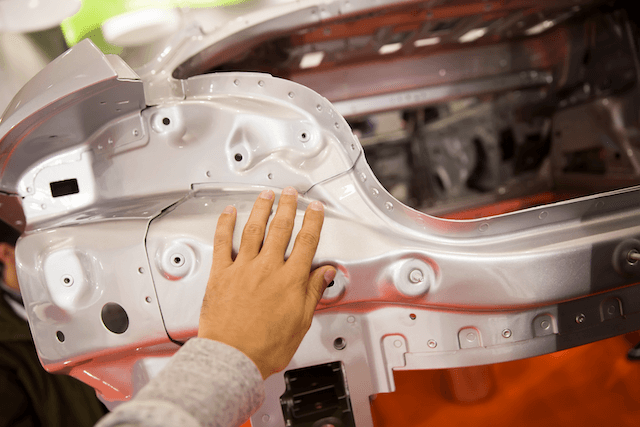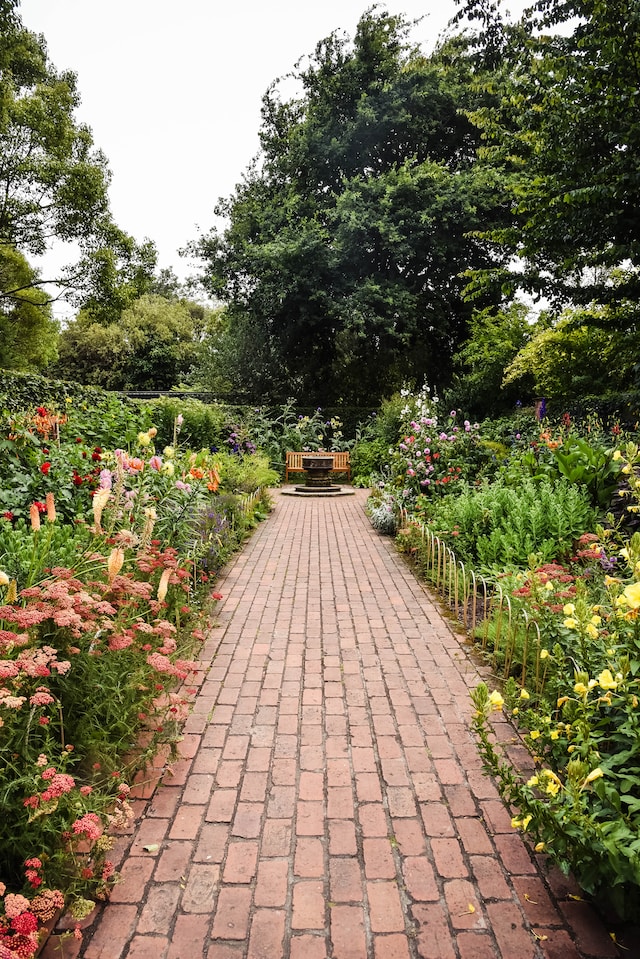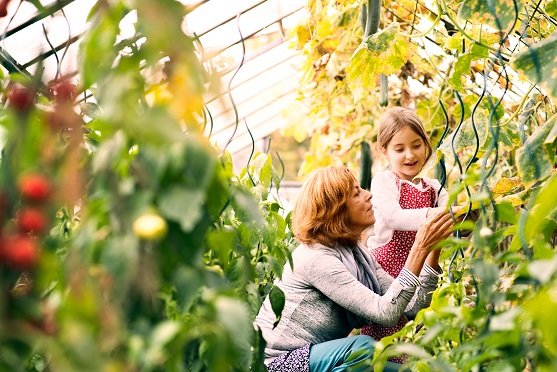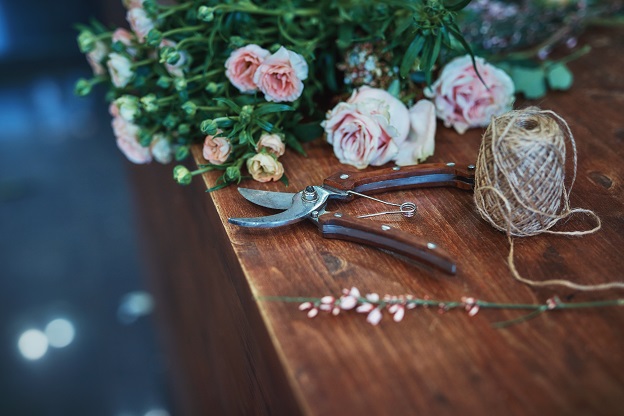In the serene world of gardening, accidents can disrupt the tranquility cultivated by enthusiasts. However, when unfortunate events occur, personal injury attorneys serve as essential guides in navigating the legal landscape. These professionals offer expertise in handling garden-related injury claims, ensuring that justice is served and compensation is obtained. By understanding the nuances of such cases, they provide a vital support system for those facing setbacks in their beloved pastime. Let’s explore how their specialized assistance can make a difference in the lives of garden enthusiasts seeking to overcome unexpected challenges.
Key Takeaways
- Attorneys specialize in garden-related injury claims to enhance Abogados de Accidentes de Auto Richmond legal expertise.
- Advocacy focuses on protecting injured individuals’ rights and best interests.
- Expertise in navigating insurance claims ensures fair settlements for damages.
- Communication with insurance companies and negotiations cover medical expenses and lost wages.
- Legal proceedings validate trauma, empower through justice, and aid in emotional healing.
Understanding Garden-Related Injury Claims
When it comes to garden-related injury claims, understanding the nuances of these cases is crucial for both garden enthusiasts and personal injury attorneys. Common garden hazards such as sharp tools, uneven terrain, poisonous plants, and overexertion can lead to accidents resulting in injuries. To prevent such incidents, garden enthusiasts should implement injury prevention strategies like wearing protective gear, using tools properly, maintaining clear pathways, and taking breaks to avoid strain.
Personal injury attorneys play a vital role in helping garden enthusiasts navigate the legal complexities surrounding these accidents. They provide support, guidance, and representation for individuals seeking compensation for injuries sustained in gardening-related incidents. By understanding the details of how an accident occurred, attorneys can build a strong case to secure the rightful compensation for their clients.
Role of Personal Injury Attorneys – Abogados de Accidentes de Auto Richmond
In the realm of garden-related injury claims, the role of personal injury attorneys is indispensable. These legal professionals serve as staunch advocates for their clients, ensuring that they receive the support and compensation they deserve following an accident in the garden. Personal injury attorneys specialize in navigating the complexities of such cases, offering expert guidance and representation throughout the legal process.

One of the key responsibilities of personal injury attorneys is client advocacy. They work tirelessly to protect the rights and best interests of those who have suffered injuries while gardening. By providing compassionate support and expert legal advice, these attorneys help clients navigate the challenges of seeking justice and compensation for their injuries.
Moreover, personal injury attorneys play a crucial role in accident prevention. By holding negligent parties accountable for their actions, these attorneys contribute to creating a safer environment for garden enthusiasts. Their efforts not only help individual clients recover from their injuries but also work towards preventing similar accidents in the future.
Seeking Compensation for Damages
Continuing the discussion from the role of personal injury attorneys in garden-related injury claims, it becomes imperative to address the crucial aspect of seeking compensation for damages. Garden enthusiasts who have suffered injuries due to accidents in their gardens often face physical, emotional, and financial challenges. Personal injury attorneys play a vital role in helping these individuals seek the compensation they deserve.
Accident prevention is a key focus in garden-related injury claims. Attorneys work closely with clients to investigate the circumstances leading to the accident, determine liability, and assess the damages incurred. By understanding the specifics of the accident and the resulting injuries, attorneys can build a strong case for compensation.
In seeking compensation for damages, personal injury attorneys assist garden enthusiasts in navigating insurance claims. They have the expertise to negotiate with insurance companies on behalf of their clients to ensure fair settlements that cover medical expenses, lost wages, pain and suffering, and other relevant damages. By advocating for their clients’ rights, attorneys help garden enthusiasts recover from accidents and move forward with confidence.
Navigating Legal Processes Efficiently
With the complexity of legal processes surrounding personal injury claims, navigating through them efficiently is crucial for garden enthusiasts seeking compensation for injuries sustained in their gardens. Understanding legal terminology and the intricacies of claim documentation is essential for a successful resolution. Personal injury attorneys specializing in garden-related incidents can guide individuals through the legal maze, ensuring that all necessary paperwork is completed accurately and on time.
These attorneys have the expertise to handle negotiations with insurance companies and other parties involved, advocating for the best interests of their clients. By entrusting their case to a knowledgeable attorney, garden enthusiasts can focus on their recovery while leaving the legal complexities in capable hands.
Effective communication between the attorney and the client is paramount in expediting the legal process. Attorneys can provide clear explanations of the steps involved, answer any questions or concerns promptly, and keep the client informed of any developments in their case. By streamlining the legal processes, garden enthusiasts can seek the justice and compensation they deserve efficiently and effectively.
Restoring Peace of Mind Through Justice
Restoring peace of mind through justice is a fundamental aspect of the healing process for garden enthusiasts who have suffered personal injuries. When garden enthusiasts receive the justice they deserve, it not only helps them recover physically but also aids in their emotional healing journey. Here are five ways in which justice can contribute to restoring peace of mind for those impacted:
- Validation of Trauma: Legal proceedings validate the emotional and physical trauma garden enthusiasts have experienced.
- Sense of Closure: Obtaining justice provides a sense of closure, allowing individuals to begin the healing process.
- Empowerment: Justice empowers garden enthusiasts by holding responsible parties accountable for their actions.
- Rebuilding Trust: Through community support and legal recourse, injured garden enthusiasts can start rebuilding trust in others.
- Stress Reduction: Knowing that justice has been served can significantly reduce the stress and anxiety associated with the aftermath of a personal injury.
Conclusion
In the delicate dance of justice, personal injury attorneys stand as the vigilant guardians of garden enthusiasts, ensuring that their voices are heard and their rights upheld. Through their expertise and dedication, these legal advocates pave the path to recovery and restoration, guiding clients towards a brighter horizon of peace and resolution. In the garden of life, they are the steady hands that nurture justice, allowing injured individuals to bloom once more with confidence and strength.




